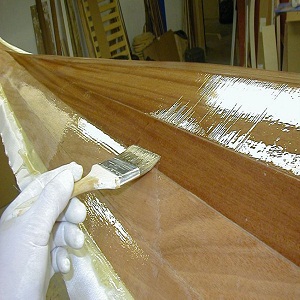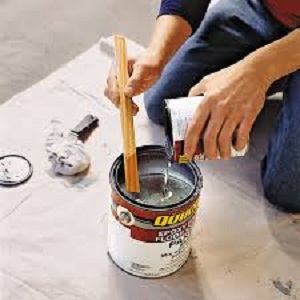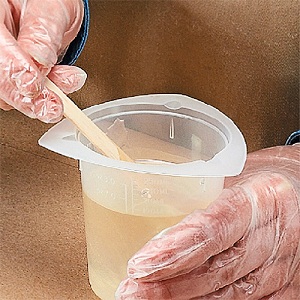Difference between Epoxy and Resin

Resin has two types; polyester and vinyl ester. There are some major differences between their relative strength and the nature of the use. Therefore, it is important to make some distinction among them. Our step by step guide does the job by highlighting their differences and discussing their individual properties.
Epoxy has greater bonding strength than both types of resin. Its sticking power is nearly 2,000 lbs per square inch. On the other hand, Vinylester resins stick till about 500 lbs per square inch while Polyester resins stick till even less than that.
In moisture resistance, epoxy has an advantage. It endures moisture for longer time without being damaged. Vinyester has much lower moisture and temperature résistance which affects its bonding strength and life. Polyester resin is the least resistant of these three and can fracture at very low moisture levels. Apart from moisture, epoxy also has greater resistance to wear and tear, cracking and peeling while resin varieties are much more fragile.
The nature of use of epoxy and resin also differs. Epoxy has variety of uses and can work on different materials combinations. Resin has a limited list of surfaces; for example, polyester can only work on fiberglass and nothing else.
With all the superior functioning, epoxy is generally more expensive than the two types of resin. The low price makes resins popular for general usage. However when it comes to application where material integrity and strength is paramount, epoxy is the go-to adhesive.
Instructions
-
1
Epoxy:
A high strength polymer adhesive, stronger than resin varieties and popular because of its strength and fast setting time. It is also very tough and endures varying conditions well. Epoxy is available in different tints and works on a variety of surfaces. All sectors using composite materials in the fabrication of structures, like auto and aircraft industry, use epoxy as an adhesive, until and unless the situation demands an alernative.
Image courtesy: thomasnet.com
-
2
Resin:
Resin is also an adhesive. It comes in two varieties; vinylester and polyester. It is widely used for laminating, seaming and repairing surfaces. However, polyester use is limited to fiberglass. It is lower in cost than epoxy and is widely available. Resin surfaces can yellow with time after exposure to environmental conditions.
Image courtesy: woodsmithtips.com







